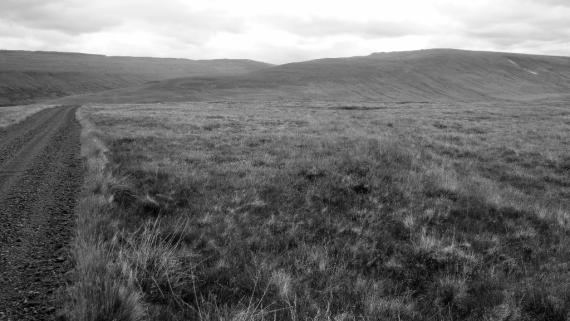This dissertation considers the literary and rhetorical use of place-names in Hrafnkels saga. Using folkloric and socio-toponomastic theory, I argue that the literary narrative, historical claims, and use of place-names in Hrafnkels saga deliver a political message that strengthens social and legal claims to authority relevant to Icelandic landowners circa 1350. This dissertation challenges past scholarship that argues the saga’s variant place-names and geography are fictional by first arguing that the saga’s geography would have been understood by medieval audiences as real, and then by considering what connotative meanings the use of specific place-names and geographies impart to the text.
This dissertation also challenges past scholars’ assumptions of the continuity of place-names from the medieval past to the contemporary present. Using a combination of geology, archaeology, history, and folklore, I reconstruct the settlement history of the region of Hrafnkelsdalur and argue that rural place-names were lost during a three hundred year period of abandonment and subsequently reintroduced from a post-medieval source, the heretofore unedited and unconsidered eighteenth-century ballad, Rímur af Hrafnkeli Freysgoða, which was based on the medieval saga but which altered geographical details. I argue that these geographical discrepancies, as well as past scholars’ antiquarian interest in the saga and disregard for the ballad, led scholars to conclude that the saga’s geography is fictional because it does not match the geography of local place-names today. Furthermore, using the D text of Hrafnkels saga, I demonstrate that the saga’s geography is real by identifying the geography of the much-debated place-name, Freyfaxahamar.
I consider what connotations the saga’s use of place-names might have conveyed to fourteenth-century audiences. I consider the legal rhetoric of manorial ownership under Norwegian rule to understand the use of the place-name Aðalból, and I consider the property interests in and around Hrafnkelsdalur of the Catholic benefice of Valþjófsstaður. I argue that the place-names of Hrafnkels saga both preserve knowledge of valuable resources and attribute ownership of those resources to Hrafnkell and his descendants, which would have been of particular interest to the benefice of Valþjófsstaður and to those interested in shaping the memory of the benefice’s possessions.
